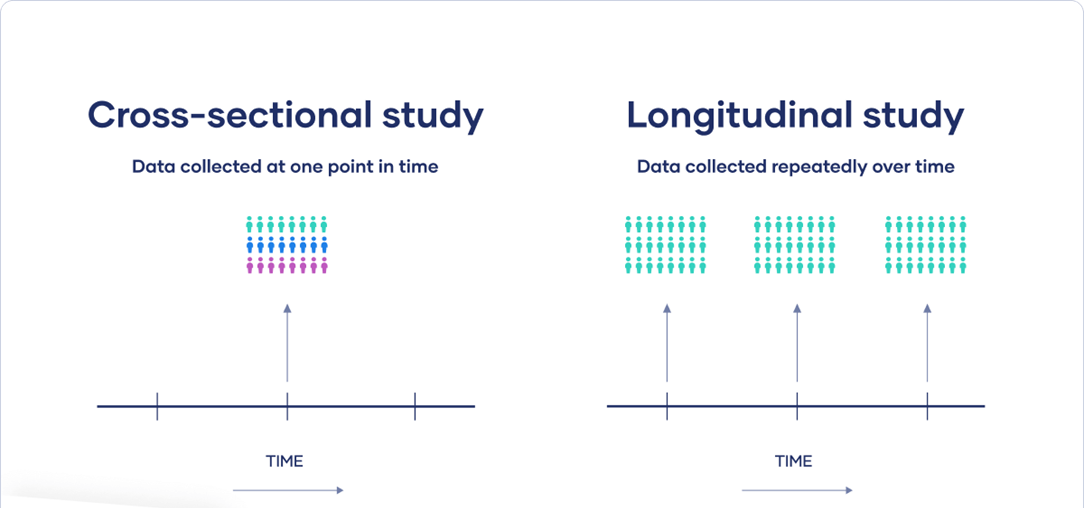An occupational health nurse is implementing some tertiary levels of prevention in the workplace. Which of the following interventions are tertiary interventions?
Working with the floor manager to decide on some light duty work for a nurse aide who is recovering from a broken ankle.
Conducting an in-service on using the new patient lift device to prevent back injuries in the nursing staff.
Screening the staff for Tuberculosis (TB) exposure.
Administering the annual flu vaccine to the employees.
The Correct Answer is A
Choice A reason: Working with the floor manager to decide on some light duty work for a nurse aide who is recovering from a broken ankle
This intervention is an example of tertiary prevention. Tertiary prevention aims to manage and rehabilitate individuals with existing health conditions to prevent further complications and improve their quality of life. By arranging light duty work, the nurse helps the aide continue working while accommodating their recovery, thus preventing further injury and promoting rehabilitation.
Choice B reason: Conducting an in-service on using the new patient lift device to prevent back injuries in the nursing staff
This intervention is an example of primary prevention. Primary prevention aims to prevent diseases or injuries before they occur by reducing exposure to hazards. Conducting training on using patient lift devices helps prevent back injuries among the nursing staff by promoting safe handling techniques.
Choice C reason: Screening the staff for Tuberculosis (TB) exposure
This intervention is an example of secondary prevention. Secondary prevention aims to detect and treat diseases early to halt their progression. Screening for TB exposure helps identify infected individuals early, allowing for timely treatment and preventing the spread of the disease.
Choice D reason: Administering the annual flu vaccine to the employees
This intervention is also an example of primary prevention. Administering flu vaccines helps prevent the onset of influenza by boosting the immune system's ability to fight the virus. Vaccination is a proactive measure to reduce the incidence of flu among employees.
Nursing Test Bank
Naxlex Comprehensive Predictor Exams
Related Questions
Correct Answer is D
Explanation
Choice A reason: "I will not know if I am going to be in the intervention or control group."
This statement indicates a misunderstanding of the nature of a cross-sectional study. Cross-sectional studies involve observing a specific population at a single point in time to gather data on various variables. There are no intervention or control groups in such studies, as they do not involve experimental manipulation or longitudinal follow-up.
Choice B reason: "The study will last for 10 years. You will contact me annually for an interview and blood work."
This statement describes a longitudinal study, not a cross-sectional study. Longitudinal studies involve repeated observations of the same variables over an extended period. Cross-sectional studies, on the other hand, collect data at one specific point in time, making this statement incorrect.
Choice C reason: "You'll need to find other participants like me but who do not have this disease."
This statement suggests a case-control study design, where participants with a specific condition (cases) are compared to those without the condition (controls). Cross-sectional studies do not require such comparisons; they simply collect data from a population at a single point in time to analyze the prevalence of certain characteristics or conditions.
Choice D reason: "The survey will take an hour to complete and then I'll be done."
This statement accurately reflects the nature of a cross-sectional study. These studies typically involve a one-time data collection process, such as a survey or interview, to gather information on various variables. Once the survey is completed, the participant's involvement in the study is finished, making this the correct understanding of a cross-sectional study.

Correct Answer is A
Explanation
Choice A Reason:
An older adult couple living in a community where goods and services are within walking distance is likely to experience long-term economic stability due to reduced transportation costs and increased accessibility to essential services. This setup minimizes the need for a vehicle, which can be a significant financial burden, especially for those on a fixed income. Additionally, the proximity to services can enhance their quality of life and reduce healthcare costs by promoting physical activity and social engagement.
Choice B Reason:
A single parent of two children who uses ride-share services may face financial instability due to the high costs associated with frequent ride-share usage. While ride-share services provide flexibility and convenience, they can be expensive over time, especially for a single parent managing multiple responsibilities and expenses. This choice does not offer the same level of economic stability as living in a walkable community.
Choice C Reason:
A client who has diabetes mellitus and regularly relies upon a family member for transportation may experience economic instability due to the dependency on others for mobility. This reliance can limit their ability to access employment opportunities and essential services independently. Additionally, managing a chronic condition like diabetes can be financially burdensome due to ongoing medical expenses.
Choice D Reason:
A young family regularly using public transportation services to acquire goods and services may face challenges related to the reliability and availability of public transportation. While public transportation can be cost-effective, it may not always be convenient or accessible, especially for families with young children. This can impact their ability to maintain consistent employment and access essential services, potentially affecting their long-term economic stability.
Whether you are a student looking to ace your exams or a practicing nurse seeking to enhance your expertise , our nursing education contents will empower you with the confidence and competence to make a difference in the lives of patients and become a respected leader in the healthcare field.
Visit Naxlex, invest in your future and unlock endless possibilities with our unparalleled nursing education contents today
Report Wrong Answer on the Current Question
Do you disagree with the answer? If yes, what is your expected answer? Explain.
Kindly be descriptive with the issue you are facing.
